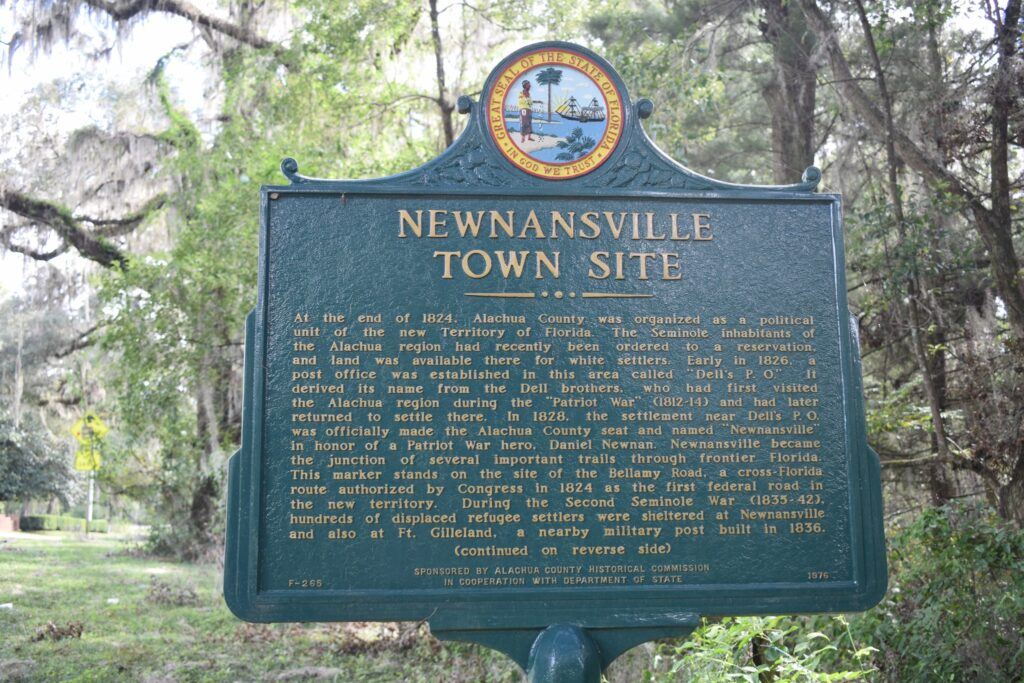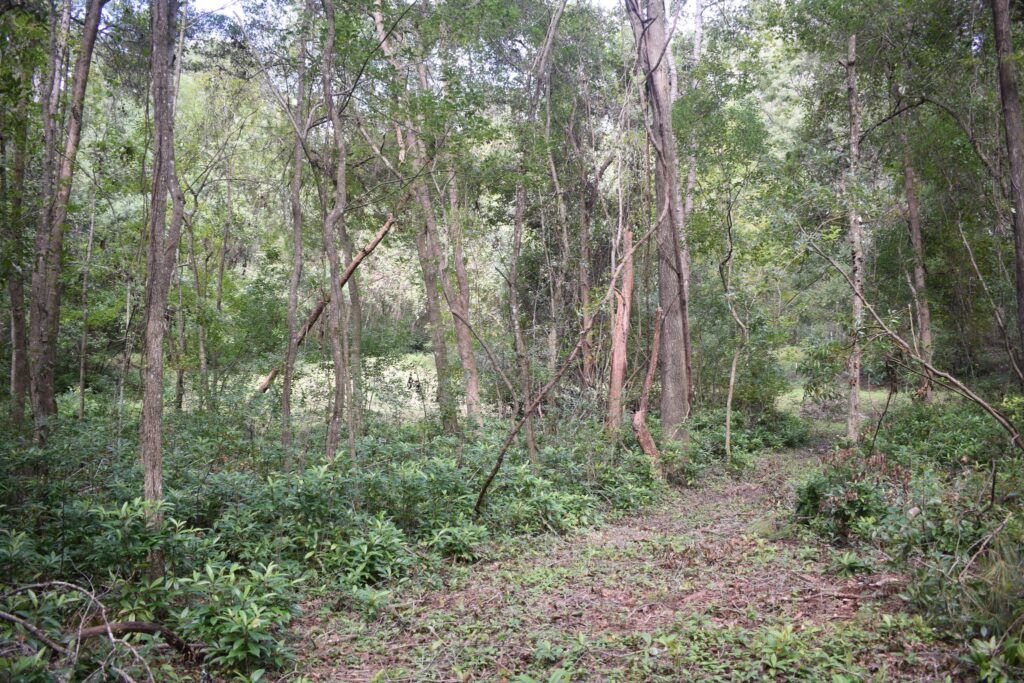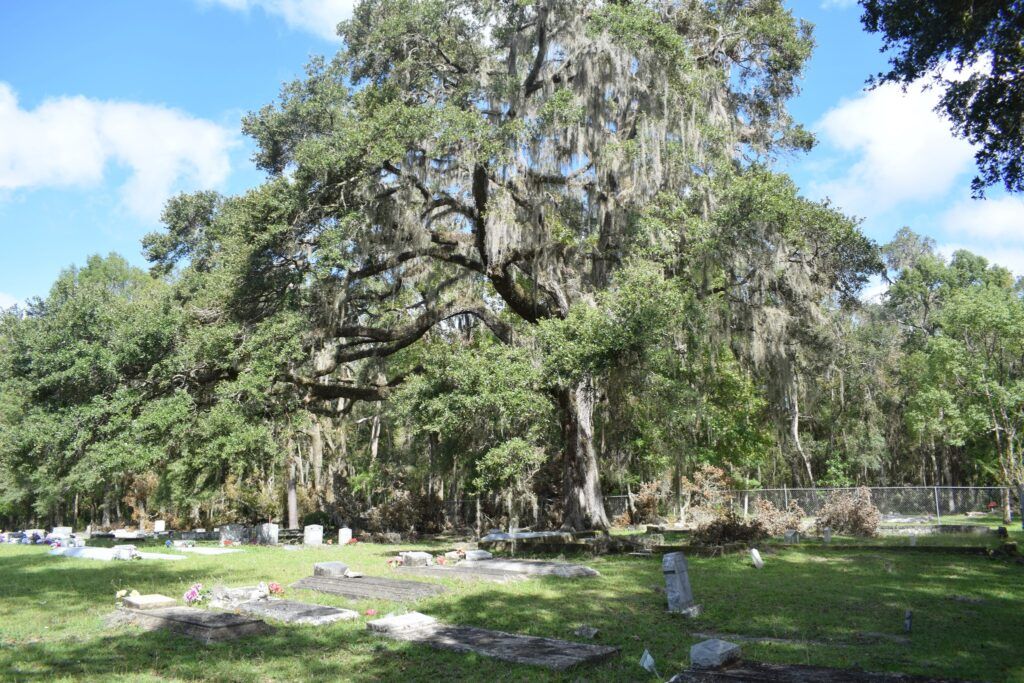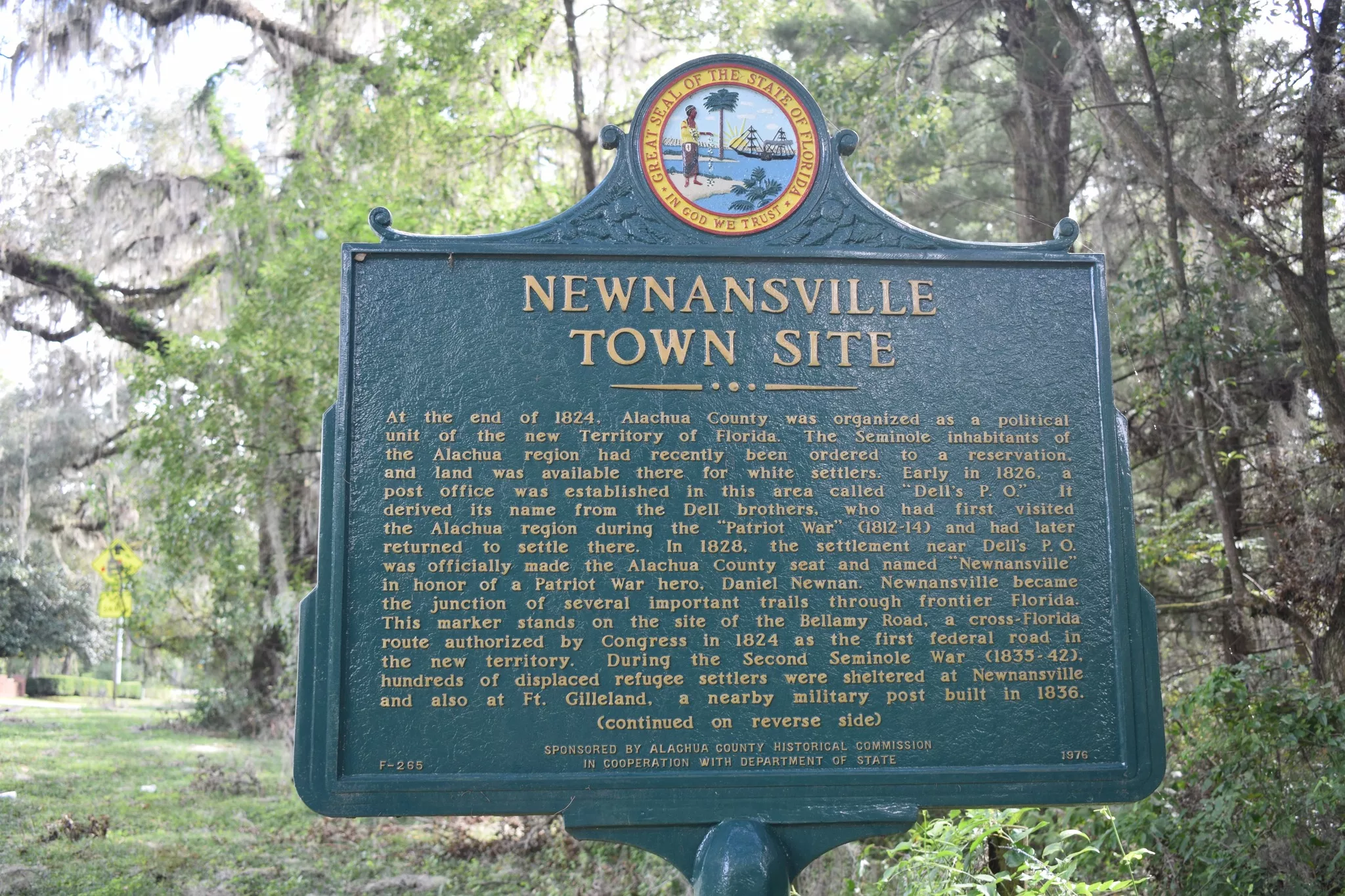Step off the beaten path in Alachua County, and you just might stumble into the ghost of a town that once held the heart of inland Florida. Newnansville. A name whispered through moss-draped oaks, buried in soil once walked by soldiers, settlers, and the Seminole people.
Before it was a memory, Newnansville was a moment. A promise. A frontier town that rose and fell with the tides of expansion, war, and one ill-fated railroad decision.

Birth of a Settlement, and the Price of Progress
It all began in the early 1820s, when hopeful settlers poured into the Spanish land grant known as the Arredondo Grant. Drawn by fertile land near what’s now Gainesville, they carved out a community named after Daniel Newnan—a military leader known for his campaigns against the Seminoles.
In 1824, Newnansville became the county seat of Alachua County. For a time, it flourished. But like so many pioneer towns, its prosperity was built on the displacement of those who came before.
The land was not empty. The Seminole people still lived here. The Spanish had passed through, naming places like Chua, San Felasco, and the Santa Fe River. Yet by 1824, the Treaty of Fort Moultrie had relocated Native peoples south of what is now Ocala, violently clearing the way for “safe” settlement. Governor DuVal once described inland Florida as “alive with travelers,” and Newnansville became one of its early hubs.
One of only nine post offices in the entire territory opened here in 1826. It was run by James Dell, who made just under $10 that first year. And yet, Newnansville was on the map.
A War-Torn Crossroads
By the 1830s, the town found itself in the grip of the Second Seminole War. Its strategic location near the northern frontier turned it into a military post, home to Fort Gilleland and a refuge for displaced families fleeing the violence.
You can almost feel the urgency, grit, and fragile hope. This wasn’t just a town anymore. It was a last stand.

The High Noon of Newnansville
In the decades that followed, Newnansville hit its stride. Cotton ruled the economy. Schools, hotels, shops, and courthouses rose up, marking the town as a center of power and promise. The trailblazers had built more than a town—they had created a destination.
But fate has a flair for irony.
The Flourishing Mid-19th Century and Economic Activity
Newnansville really came to life throughout the mid-19th century as stores, hotels, and schools were built in addition to government offices and courthouses, making it the center of political activity in the region. The economy was based on cotton and other crops, which were the primary sources of income during the time when the town flourished.

The Iron Rails That Broke a Town
When the railroad came to Alachua County in the 1850s, it curved around Newnansville like a skipped heartbeat. Just a few miles away, Gainesville got the tracks—and with them, the future.
By 1854, Gainesville had taken the county seat. Newnansville’s population drifted toward opportunity. The post office was shuttered by 1890. The town faded—not in a bang, but in a long, slow hush.
Yet it was never entirely forgotten. In 1974, the Newnansville Town Site was added to the National Register of Historic Places. Like so many others in Florida’s ghost town tapestry, its story still hums beneath the earth.
For a more detailed history of Newnansville Ghost Town, Florida, watch the video below:
A Visit Etched in Memory
On a road trip to Alabama, Dusty and I made Newnansville our first stop. And let me tell you—this place still breathes.
We first saw a marker from the Community Remembrance Project by the Equal Justice Initiative. It honored Black leaders during the Civil War and Reconstruction—folks who, despite slavery’s shadow, rose to build the region’s first universal school system. It also didn’t shy away from the violence that followed: lynchings, arson, and gunfire. The marker was a mirror held up to history, showing us both the light and the wounds.

Two Cemeteries, Two Stories
We visited the Historic African American Cemetery first. A smaller, separate section puzzled us—segregated even within the African American burial area. I’ve got questions and research ahead on that front, and I’ll update this post when I uncover more.
As we wandered through the larger section, I noticed trees still bearing scars from Hurricane Helene—broken limbs tangled among the graves. But even in the wreckage, there was beauty. Many headstones were painted in bold colors—purple, orange, and blue. Some had elephants. Others were blanketed with toys, flowers, and beads. These weren’t just graves; they were love letters.
And then we crossed to the white cemetery, just across the fence. The difference was stark: brick gates, trimmed grass, and well-kept stones. It’s hard not to feel the weight of that contrast—how inequality lingers, even in the quiet corners of death.

A Town That Refuses to Be Forgotten
Newnansville isn’t just a ghost town. It’s a layered story—a frontier of hope, a stage for conflict, and a canvas where the fight for equity still echoes. You won’t find storefronts or streetlamps here anymore, but you will find meaning. And maybe that’s more important.
📍 Want to explore it yourself?
Click here to see my full photo gallery from Newnansville.
If you see this after your page is loaded completely, leafletJS files are missing.

